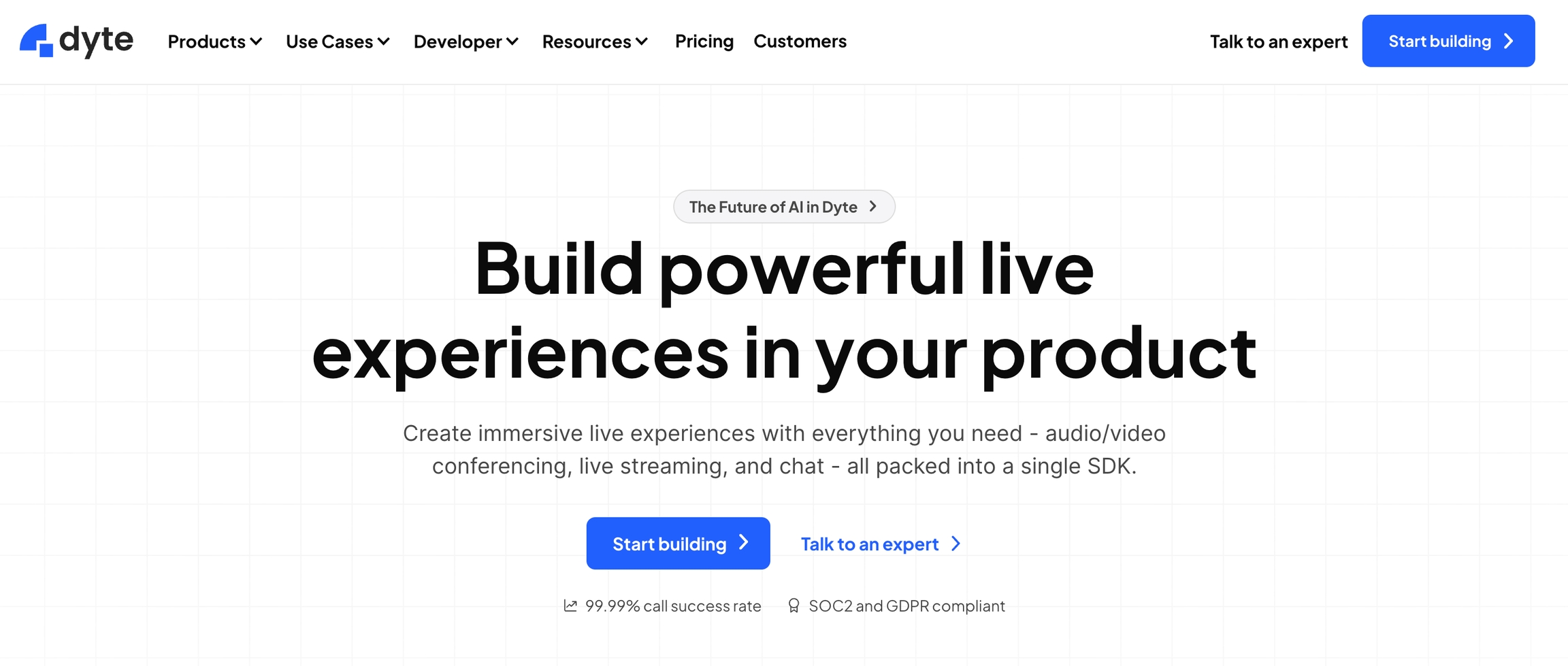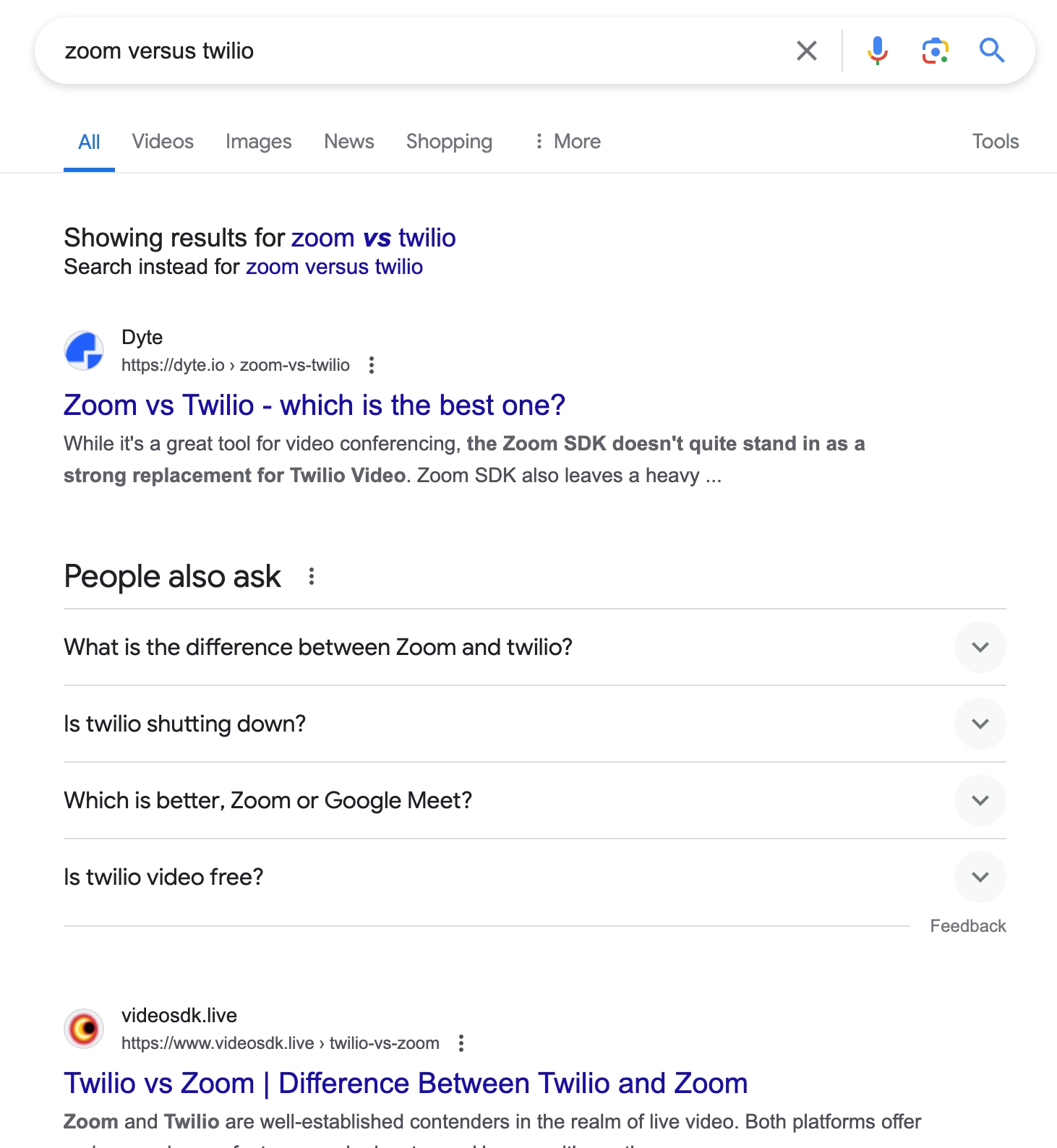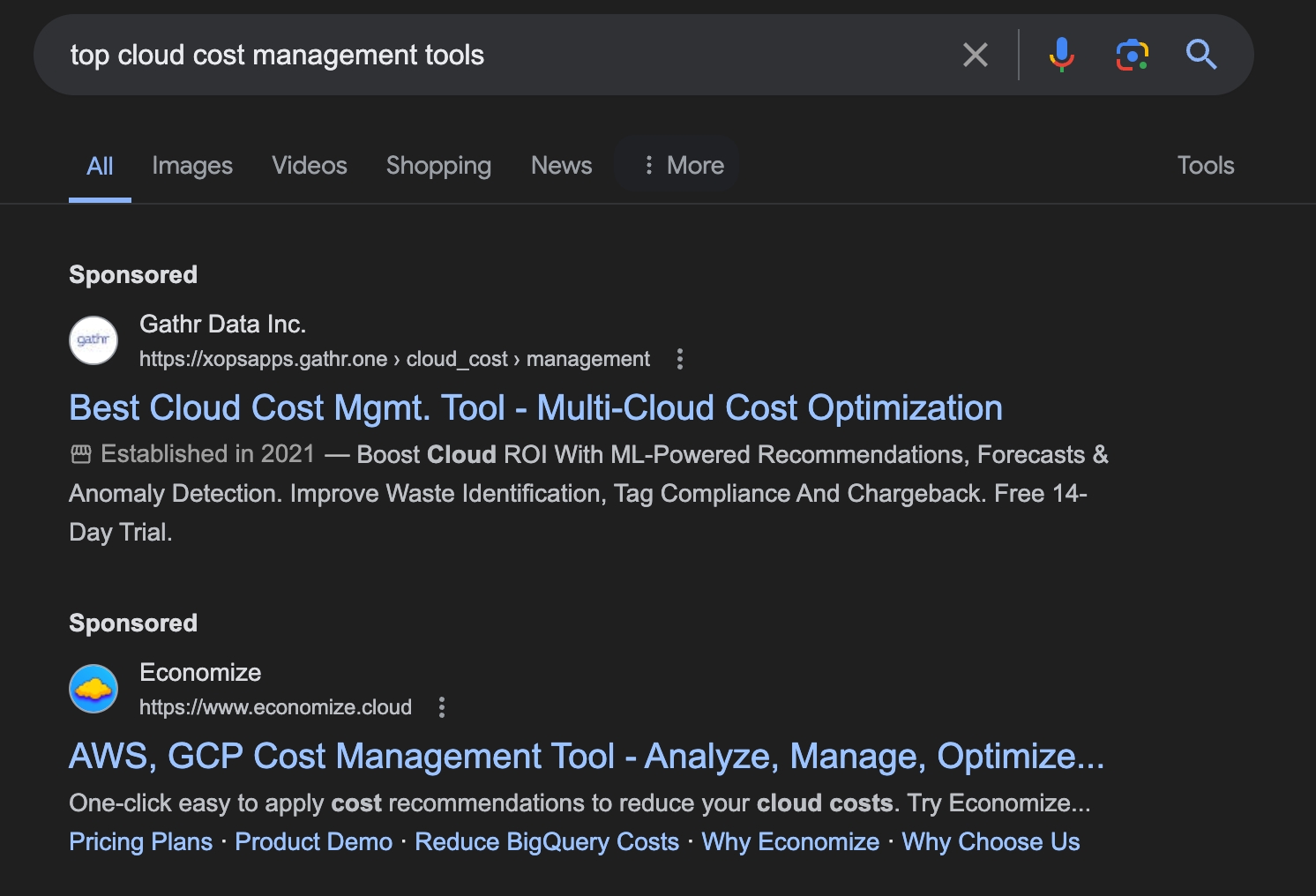🔍SEO
Do you have any questions, need personalized guidance, or want to share your journey in this playbook? We'd love to talk to you. Reach out to us.
Really good search-optimized content is highly leveraged – it’s cheaper than paid ads and lasts longer. But it comes with caveats:
It’s a marathon. Expect it to take 5 to 6 months to see meaningful progress. You’ll really start reaping the benefits after 12 months.
General principles
Consider search intent when deciding what to write. Successful SEO means understanding what users are searching for and providing relevant answers. Think beyond just the search term to address deeper desires, like solving developer's problems and increasing adoption.
Get straight to the point. Google rewards pages that quickly answer questions. Avoid lengthy filler content that makes it difficult for readers to find what they're looking for.
Make guides easy to scan. Readers often scan articles for quality and assurance that their questions will be answered. Use clear headings and engaging visuals like diagrams and tables to enhance readability.
Write standout headlines. Differentiate your headlines from others in search results by being concise, opinionated, or unique. Standing out can improve visibility and click-through rates.
Target multiple search terms. Good SEO articles target various search terms related to the topic. While focusing on popular terms is important, consider targeting less competitive but still relevant terms to improve visibility.
Regular updates matter. Google favours fresh content, so updating articles with new information can boost rankings and traffic. Update frequency depends on traffic levels, and improving poorly performing pages can help them rank better over time.
Internal linking is essential. Internal links help Google discover and understand your content's relevance. Include 3-5 internal links in each article, focusing on first mentions of keywords and varying link text to avoid appearing spammy.
Useful SEO Tools:
Ahrefs: An all-in-one tool offering features like rank tracking, competitor analysis, keyword research, site audits, and backlink analysis. It's particularly useful for monitoring Google visibility, analyzing competitor traffic, and finding keyword opportunities.
SEMrush: SEO tool providing keyword research, competitor analysis, site audits, backlink analysis, content analysis, rank tracking, local SEO features, and PPC analysis. It helps improve website visibility and performance in search engine results.
Keywords Everywhere: A Chrome extension adding keyword research context to Google searches and other SEO tools. It facilitates quick keyword research and finding related terms at an affordable price.
Google Search Console: Although data may be sampled, Search Console is valuable for analyzing top-level numbers and specific pages. It helps identify search terms driving traffic to pages and provides insights into user behavior.
Mangools Google SERP Simulator: A free tool allowing you to preview how your headline will appear in Google search results. It helps ensure headlines comply with Google's character limits and stand out compared to other search results.
Example: Dyte.io

Dyte is building real-time video communication APIs that enable human connections across the globe.
Prasad, the head of growth at Dyte, provided insights into the company's journey.
Inception and Early Development:
Dyte focused on key verticals such as edtech, telehealth, and gaming, where video applications are ubiquitous. They categorized signups/leads into developers and business decision-makers, targeting technical decision-makers such as engineering managers and directors. Initially, Dyte relied heavily on outbound sales through account-based approaches, later transitioning to inbound strategies, which now constitute about 80% of their leads.
Inbound Engine and Content:
SEO played a crucial role in Dyte's success, with a focus on creating bottom-funnel content like competitor comparisons and optimizing for relevant keywords. They also leveraged product launches on platforms like ProductHunt and DevHunt, as well as sponsoring newsletters to drive leads.

Paid advertisements, directly for high-intent keywords, are proving effective as well. They target developers and emphasize keywords with exceptionally high search volumes, resulting in a deal pipeline worth approximately $700-800k on its own.
Example: Economize
To attract visitors to their site, Economize uses a mix of SEO and paid ads. They rank for keywords like “top cloud cost management tools” and have a steady stream of organic traffic. However, converting this traffic into leads is challenging. They use various call-to-actions (CTAs) to encourage sign-ups and are constantly experimenting to improve their conversion rates.

One of their blogs which shows up organically on the first page of Google:

“We’ve improved our conversion rates by 20% by focusing on user-friendly CTAs and making it easier to sign up,” Anirudh(founder) explained. “It’s all about refining our approach through trial and error.”
Additional resource:
Last updated
Was this helpful?